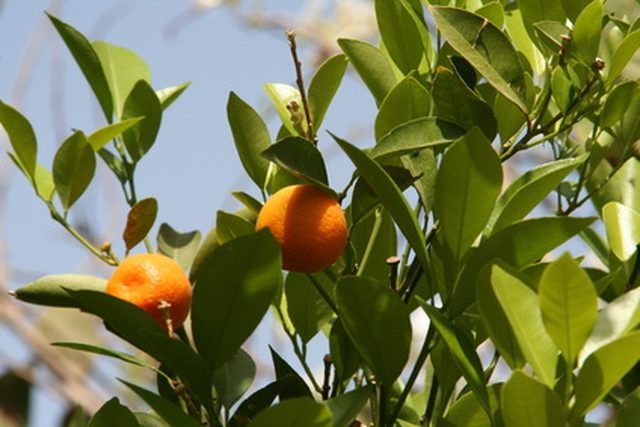Bulbs
Flower Basics
Flower Beds & Specialty Gardens
Flower Garden
Garden Furniture
Garden Gnomes
Garden Seeds
Garden Sheds
Garden Statues
Garden Tools & Supplies
Gardening Basics
Green & Organic
Groundcovers & Vines
Growing Annuals
Growing Basil
Growing Beans
Growing Berries
Growing Blueberries
Growing Cactus
Growing Corn
Growing Cotton
Growing Edibles
Growing Flowers
Growing Garlic
Growing Grapes
Growing Grass
Growing Herbs
Growing Jasmine
Growing Mint
Growing Mushrooms
Orchids
Growing Peanuts
Growing Perennials
Growing Plants
Growing Rosemary
Growing Roses
Growing Strawberries
Growing Sunflowers
Growing Thyme
Growing Tomatoes
Growing Tulips
Growing Vegetables
Herb Basics
Herb Garden
Indoor Growing
Landscaping Basics
Landscaping Patios
Landscaping Plants
Landscaping Shrubs
Landscaping Trees
Landscaping Walks & Pathways
Lawn Basics
Lawn Maintenance
Lawn Mowers
Lawn Ornaments
Lawn Planting
Lawn Tools
Outdoor Growing
Overall Landscape Planning
Pests, Weeds & Problems
Plant Basics
Rock Garden
Rose Garden
Shrubs
Soil
Specialty Gardens
Trees
Vegetable Garden
Yard Maintenance
How to Care for Sick Citrus Trees
How to Care for Sick Citrus Trees. Citrus trees are popular additions to home landscapes and are grown commercially in orchards. When a citrus tree loses its leaves, droops, develops spots or just fails to thrive, it is cause for concern. Caring for sick citrus trees at the first sign of a problem will often result in a return to full health. If...

Citrus trees are popular additions to home landscapes and are grown commercially in orchards. When a citrus tree loses its leaves, droops, develops spots or just fails to thrive, it is cause for concern. Caring for sick citrus trees at the first sign of a problem will often result in a return to full health. If left untreated, the sick citrus tree could die. Part of caring for a sick citrus tree is diagnosing the cause of the illness.
Things You'll Need
Pruning shears
Hand saw
Water
Iron chelate
Spray bottle
Cooking oil
Dish soap
Remove all dead, yellow and diseased limbs from the citrus tree. For limbs that are less than 1/2 inch in diameter, cut the limbs off near the main trunk using pruning shears. For larger limbs, use a hand saw to remove the limb from the tree. Removing dying limbs will redirect the plant's nutrients to the remaining parts of the tree and make it stronger.
Stick your finger 3 inches into the soil at the base of the tree to check for moisture. If the soil is completely dry, the tree is suffering from a deficit of water. Water the tree deeply with 2 to 4 inches of water. Thereafter, apply at least 1/2 inch of water to the soil per week.
Look closely at the underside of one of the leaves. If the leaf is yellow in color but the veins on the leaf are green, the citrus tree is deficient in iron. Purchase iron chelate from a garden store and mix it with water according to the directions on the packaging. Place the substance into a garden sprayer and spray it onto the leaves of the citrus tree. When the leaves are saturated, pour the remaining liquid into the soil at the base of the tree.
Look for tiny white flies, worms or moths that are on or near the citrus tree. These parasites suck the sap from the tree. As a result, the tree will develop an overall drooping appearance. Mix a solution of 1 cup cooking oil, 1/2 cup of water and 1 teaspoon of dish soap in a spray bottle. Shake the spray bottle to mix the solution and spray it onto the citrus tree to eliminate the parasites.